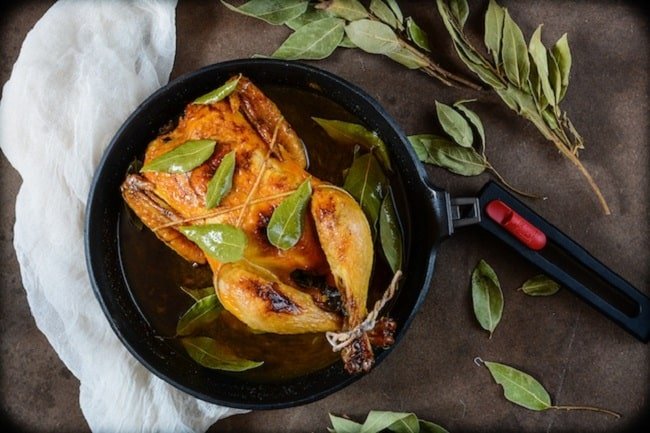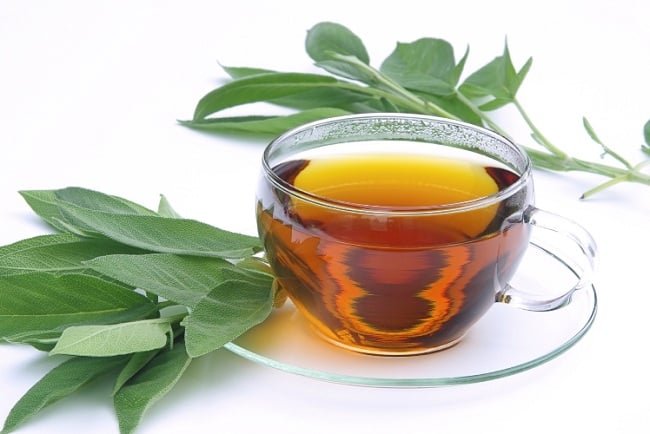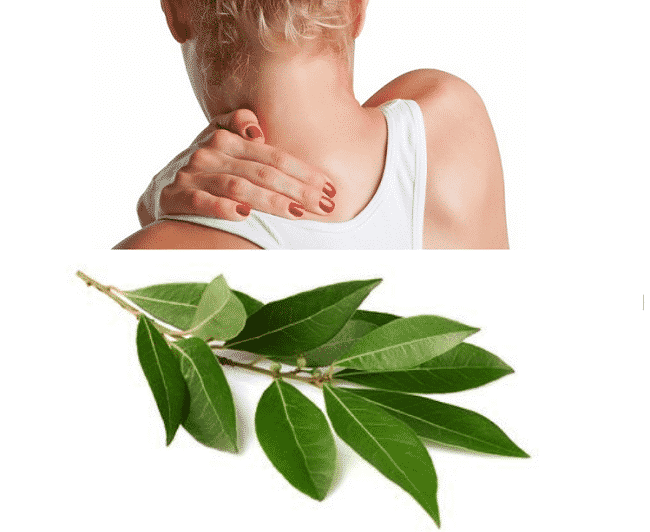Among the many spices that take place in your kitchen, surely the laurel is not lacking, because, like other condiments such as oregano and cumin, it is an indispensable ingredient to give flavor and a pleasant aroma to many dishes.
Now, do you have any idea what are the benefits and the different uses that can be given to this spice? If you do not know, here we tell you everything you need to know about the laurel: what it is, what its properties are, what applications it has and other curiosities that will allow you to make the most of this special herb.

It is a large tree, grayish trunk and evergreen that usually measures up to 9 meters high. It is characterized by its thick and elliptical, bright and greenish blue leaves, as well as its yellowish flowers, which give off a pleasant aroma.
Due to its aromatic qualities, the laurel has been highly appreciated in different industries, especially in the culinary, where it is used as a spice or condiment, for which it is necessary to carry out the drying of its leaves that, if not submitted to this process, they could be toxic.
Do you know what is the origin of the laurel?
laurel-origin Now that you know what and how the laurel is, you will surely be wondering, where does it come from? Well, this aromatic herb is native to the Mediterranean area, where it grows freely in humid spaces and with little sunlight.
However, given that it is an easy plant to grow and quite beneficial, today it is possible to find it in different parts of the world, where it is used as a condiment, as a home remedy and even as an amulet for luck.
As a curious fact, we tell you that in ancient Greece and Rome, the most recognized warriors and emperors were revered with laurel wreaths, as you have seen in the movies, because for them it represented a symbol of victory and protection.

The laurel and its various properties
Laurel-properties
In case you did not know, the laurel is an extremely profitable spice, loaded with properties that greatly improve our health and a large accumulation of nutrients that benefit the body.
To give you an idea, 100g of this herb contribute 353Kcal, 48.67g of carbohydrates, 26.3g of fiber, 7.61g of proteins and 8.36g of fats.
Nutritional information about the laurel
Nutrient characteristics per 100 grams
Proteins 7.91 gr
Carbohydrates 48.67 gr
26.3 gr fiber
Water 9.10 gr
Sugar 48.67 gr
Cholesterol 0.0 mg
Fat 8.36 gr
Calories 353 kcal
Minerals and vitamins
Features per 100 grams
Iron 43 mg
Calcium 834 mg
Sodium 23 mg
Phosphorus 113 mg
Potassium 529 mg
Vitamin B1 0.01 mg
Vitamin B2 0.42 mg
Vitamin B3 2 mg
In addition, laurel is an important source of antioxidants and minerals such as potassium, iron, phosphorus, sodium, calcium and magnesium, as well as containing vitamins A, B1, B2, B3, B12 and C.
laurel-other properties As for the properties attributed to the laurel, we find that this herb has the following:
Anti-inflammatory: thanks to its eugenol content, bay leaves help reduce inflammation and relax muscles.
Anxiolytics: bay leaves have a calming effect, both for the mind and the body, especially when their leaves burn.
Vasoconstrictors: the laurel helps improve blood circulation and benefits the nervous system, making it ideal for treating migraines and headaches.
Immune system enhancer: being a source of antioxidants, the laurel helps increase defenses and protect the body against harmful external agents.
Expectorants: the laurel works as a natural remedy to clear the airways against flu and colds, and even helps treat allergy and asthma problems, promoting good breathing.
Moisturizers: in view of the fact that the laurel has an oil rich in antioxidants, vitamins and minerals, its topical use can favor the appearance of the skin.
Antimicrobials: Laurel helps to disinfect and eliminate bacteria, preventing possible diseases and infections.
Where and how the laurel is used
Laurel -uses
As you can imagine, being an aromatic herb with so many properties, the laurel has been used for many and varied purposes, especially for those related to cooking and natural medicine.
The laurel in the kitchen

laurel-culinary uses
In gastronomy, laurel is frequently used as a condiment, especially in the preparation of Mediterranean cuisine. It is usually a key ingredient in soups and numerous stews, as well as in the marinade of meats, fish and shellfish. Similarly, it is used to season baked, sauteed or steamed vegetables, and even serves to scent some desserts, such as the popular rice pudding.

Normally, its leaves are used whole or ground, but always dry and never fresh, since, as we said before, the consumption of fresh bay leaves could be toxic.
The laurel in medicine
laurel-medicinal uses
The amazing properties it possesses have made the laurel a highly valued herb in the field of natural medicine, helping in the treatment of multiple ailments.
Usually, it is used to treat stomach problems, such as indigestion, cramping and loss of appetite, for which it is advised to incorporate it into meals or drink an infusion of its leaves.
In the same way, it helps to relax the muscles and to relieve the pain due to inflammation, this if its oil is applied to the skin and gentle massages are given.
On the other hand, it can help reduce stress and calm anxiety, if you smell the aroma of its leaves and even its essential oil.
Discover other uses of the laurel you did not know
laurel-other uses
In addition to the uses that you already know about laurel, there is also another very special application that has been given to this fine herb.
The laurel in esotericism
Surely it will seem strange, but many claim that this herb has phenomenal magical properties, so it has been used for years as an amulet in spells and rituals.
It is said that fortune tellers and pythonesses usually use it to reach an alpha state of relaxation and get the trance necessary to perceive voices and even have visions. Likewise, it is believed that this herb has protective properties from bad energies, so some plant it at the entrance of the home or wear it as an amulet.
On the other hand, there are those who use the laurel as an ingredient in the preparation of love spells, because they trust that this herb has the power to attract true love and improve existing relationships.
What benefits do we receive from the laurel?
There are many benefits that we can obtain from the consumption and use of bay leaves, and here are some of them:
Promotes better digestion, relieving acidity and intestinal spasms.
It helps to treat the flu, cough, bronchitis and other diseases associated with the respiratory system.
It serves in the treatment against arteriosclerosis.
It helps with blood circulation.
It helps relieve inflammation, both of the muscles and joints.
It calms menstrual pains, reduces bleeding in periods that are too abundant and promotes it in those periods that are scarce.
It acts as a diuretic, eliminating fluid retention.
It collaborates in the treatment of skin diseases caused by fungi, as well as in the healing of wounds from blows, acne, ulcers and burns.
It has an antibacterial action that helps to disinfect and eliminates bacteria.
It helps calm anxiety and stress.
Promotes hair growth and eliminates dandruff and seborrhea.
